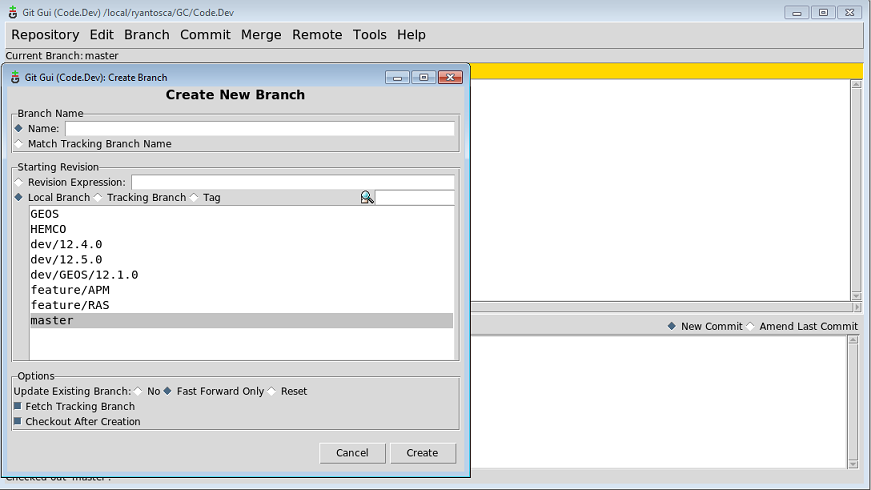


If you ever need to create a pull request on Github, I hope these notes are helpful. Summary: Creating a pull request on Github Technically that’s the end of the process until someone on the other end does something with your pull request, so you’re finished for now. Fill out that form and submit it to complete the pull request process.Īs of July, 2021, here’s an example of what the Github UI looks like when I submit a pull request on the Scala Documentation project: Now go to the URL Github gives you for your pull request. This is nice, because it now gives you the URL to go to where you can complete your pull request. Remote: Create a pull request for 'my-improvements' on GitHub by visiting: When you do this, you’ll see some output like this at the command line: First, you can list all of the project branches with this command: Next, cd into that project directory on your local filesystem. This makes the process of keeping your cloned repo in sync with the main repo much easier. Git clone In 2021 (I think), Github added a “Fetch Upstream” button/link on your cloned project page. When I clone a Github project, the command looks like this: Next, clone your forked Github project, i.e., git clone. When it’s done you’ll have a new repository in your list of Github repositories. That’s easy to do, just go to the web page for the project, click Fork, then wait while they fork is created. The first thing to do is fork a project on Github. Today was a very smooth process, so I thought I’d make these notes while they’re still fresh in my mind. That being said, I’ve done it a few times lately, so I’m getting better at it. Your device is having problems with your work or school account.As someone who has been writing books for ten years - such as the 2021 Scala Cookbook and Functional Programming, Simplified - I haven’t worked on many open source projects, so my ability to fork a Github project, pull it down, create a branch, push that branch back, and then submit a pull request are weak, at best.
#Git create branch locally code#

#Git create branch locally how to#
In this post, we saw how to work with Branches and how to merge it back to the base code. We also have the options of deleting the branches as shown below, if they are not required anymore. To merge changes back from this new branch to the master branch, click on the master branch and select Merge option in the Branches pageĪs we have selected the option Commit changes after merging click on Merge pushes and sync the changes in the master branch in the remote repository as shown below. Now let us make some changes in the program.cs file in the new branch created.įrom the team explorer, Branches page, we can see that the new branch has been added in the remote repository after commit. To navigate to the branches page of Team Explorer, we can also use the Status bar of Visual Studio Here we have created a new branch name MyFirstBranch from the master branch, and have also selected the option Checkout branch to work with that branch.Ĭreate Branch creates the new branch as shown below. Open the Branches page in Team Explorer and click on the New Branch option. which then can be merged back to the master branch later. Continuing our previous posts, let us now see how we can work with branches within Visual Studio 2019.īranches give the option to isolate the work from the original code base, this way we could have a developer(s) working on bug fixes, new features etc.


 0 kommentar(er)
0 kommentar(er)
